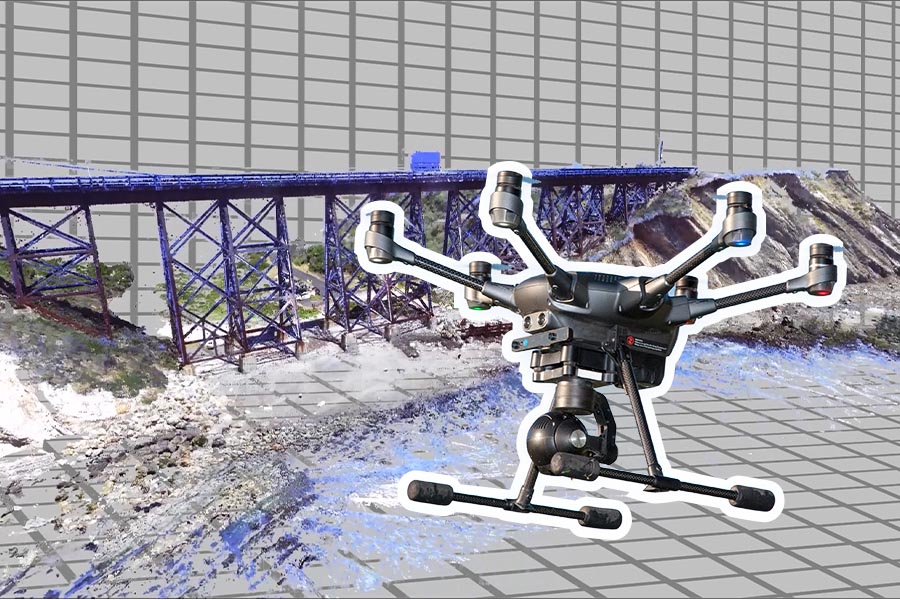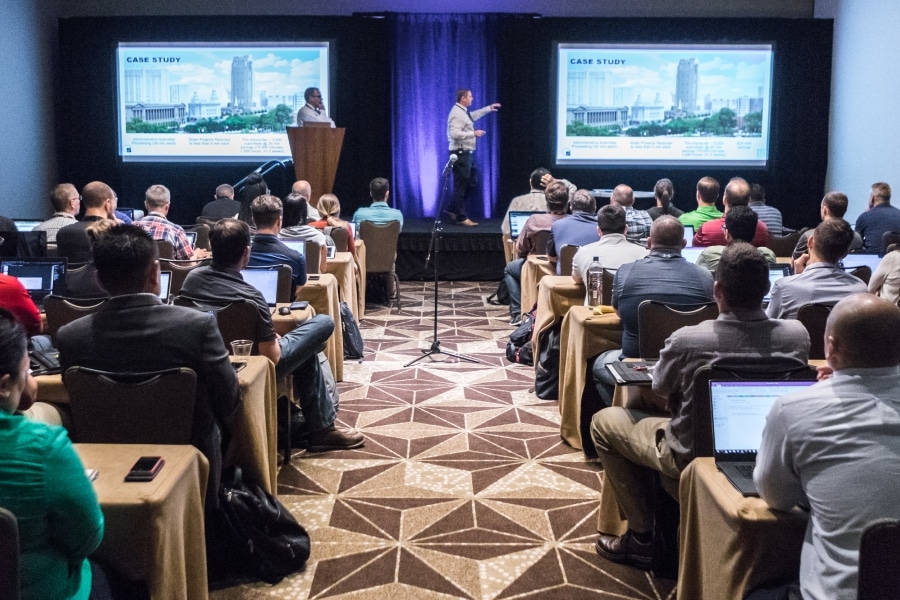Technology adoption in construction has changed the industry tremendously in recent years, and the COVID-19 pandemic of the past year only accelerated the pace at which contractors turn to evolving software tools and applications to improve workflows.
Still, technology is always changing, leaving the industry constantly preparing for the next wave of capabilities poised to disrupt the status quo.
Construction media company The B1M, in collaboration with industry experts from Bluebeam, recently came together to determine the top 10 technology trends that appear ready to make waves in construction in the years ahead.
The democratization of technology
The democratization of technology is the process of making new technology available to a wider range of people, which is now being seen in construction.
Cutting-edge technology used to be limited to just big businesses and governments. But thanks to the evolution of computing technology, led by the proliferation of smartphones and the mobile application ecosystem, small construction companies and their workers can get their hands on powerful tools for facilitating the design and build process.
This will continue into the future, as technology that is breaking through in other sectors filters into construction.
3D printing
Also known as additive manufacturing, 3D printing is the sequential layering of material to create building components or entire structures using machines.
What began as a way to build rapid prototypes in other industries is now taking off in construction, going from 3D-printed walls in the mid-2000s to entire bridges and houses. It can be used to build quicker and safer, with less waste and more creative design possibilities.
While there is optimism that recent projects can soon be scaled up to create bigger buildings and whole 3D-printed communities, challenges such as cost, skills gaps and regulatory barriers abound.
Automation
Automation is the use of machines to carry out certain tasks that traditionally would have been done manually—usually those that are repetitive, time-consuming and sometimes dangerous.
The trend is already widespread across construction in its many forms, from modelling software at the design phase to automated factories that can produce all the components for a project, making it a crucial element of the offsite manufacturing process.
Semi- and fully autonomous robots are becoming more prevalent in construction, carrying out simple but labor-intensive tasks, helping to fill skills shortages and boost productivity rather than replace jobs entirely.
Geospatial/mapping
This is where technology such as a geographic information system (GIS) is used to collect, analyze and store data about a location where construction is planned, overlaying plans onto a real-world map.
Geospatial engineering has become a crucial part of many construction projects, helping to map them out through GIS along with aerial/drone/satellite imagery and other technologies.
The use of GIS data is set to increase as adoption of building information modeling (BIM) grows, while new data capture technology such as laser scanners for surveying and Lidar are gaining interest in the field.
Offsite manufacturing
Offsite manufacturing is where elements of a building are produced or prefabricated in a factory before being transported to site for assembly. This can range from small panels and M&E parts to entire sections/units, which are then craned in. This is known as modular construction.
This technology can reduce cost, time, risk and waste, while improving safety, quality and productivity. Offsite construction techniques are mostly used in homebuilding, but the applications are widening.
Whole prefabricated skyscrapers are now in the works, while advancements in precast concrete are enabling projects like bridges and stadiums to be built bigger and faster.
Digital Collaboration
The rise of digital tools in construction is transforming the way people across a project work together to deliver it.
More than just digitizing physical workflows, digital collaboration is increasingly about working more closely together, enabled by digital technologies.
Teams can now share project data in common environments that all users can access, enabling everyone to get hold of the information they need, wherever they happen to be, across a range of devices, as well as make changes.
With projects becoming more complex and data-rich, digital collaboration between stakeholders is going to become even more important in the future.
Autonomous vehicles
An autonomous vehicle (AV) uses technology such as sensors, cameras, radars and artificial intelligence (AI) to travel a distance and/or carry out a task without a human operator.
There has been a lot of progress in this area in the construction industry compared to other sectors because it takes place in a controlled setting, resulting in less risk.
The industry is already seeing autonomous excavators, dozers, trucks and site surveyors in early operation, which help to improve safety by taking workers out of potentially hazardous environments and increase productivity through longer operating hours.
AVs are expected to become more common as technology such as radar and Lidar systems develop and as the benefits become clearer to the wider industry, leading to more uptake.
Site video monitoring
Video monitoring lets users remotely view their jobsite, which helps to enhance security out of work hours and track the project’s progress.
In addition to high-definition CCTV, modern setups can include mobile surveillance units, high-tech management systems and security apps.
These services are expected to get more sophisticated as technology improves, with autonomous surveyor robots, higher-quality cameras and new communications technology such as 5G for livestreaming and greater connectivity between devices all on the horizon.
Remote Work
With the COVID-19 pandemic forcing people into remote working environments over the past year, digital tools have proven to be a lifeline for many construction projects, allowing work to continue and be completed from team members’ homes.
The technologies at the forefront of this development include video conferencing, messaging apps and, of course, construction software.
These technologies have gained many more users as a result of the pandemic-induced remote work trend, and it is widely predicted that this way of working could become mainstream post-pandemic.
Accessibility of Data
Accessibility to data is crucial to ensuring information gathered on a project is used correctly. The industry has gone beyond simple PDFs; construction firms are hiring data scientists to ensure that they’re staying competitive in how data is used and processed. Thanks to evolving technology, construction companies are now generating huge amounts of data, which can help with decision-making and productivity.











